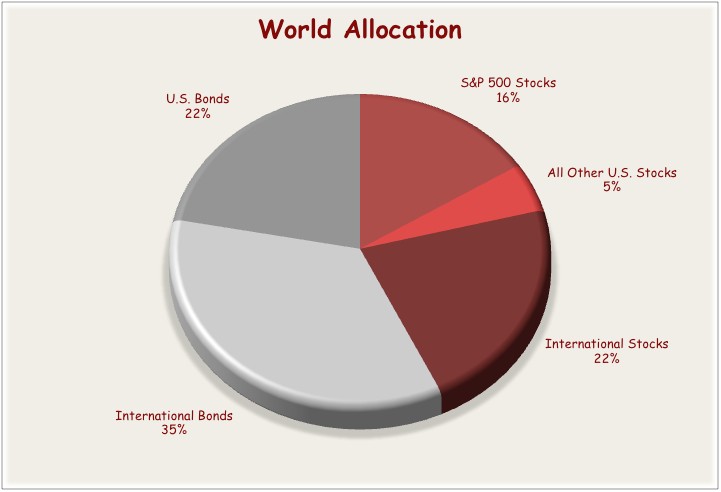Tips for Rebalancing Your ETF Portfolio
Post on: 29 Июнь, 2015 No Comment

The final month of the year is upon us and many ETF investors are likely considering making changes to their holdings as a result of annual rebalancing, required minimum distributions, or a change in their investment profile. These rituals can be an important step in ensuring you stay within your asset allocation targets and give you the ability to objectively analyze your underlying positions to see if any strategic changes should be made.
However, there are also several important factors to take into consideration before you make any drastic changes to your investment portfolio. Namely you should analyze the impact of taxes. transaction costs, and redistribution of capital to various asset classes in accordance with your outlook for 2015. Each investor has unique factors that contribute to their personal game plan for success.
In a year like 2014, where stocks and bonds diverged significantly from commodities, a diversified investment portfolio may need more adjustments than normal. Even within the context of an equity-only portfolio, we have seen noteworthy divergences across individual sectors and stocks. Consider that the Utility Select Sector SPDR (XLU ) and Health Care Select Sector SPDR (XLV ) are sitting on gains of over 25% this year, while the Energy Select Sector SPDR (XLE ) has fallen more than 8%.
Unusual separations of this nature can lead to significantly skewed position sizes and overall asset allocation structure depending on your unique mix of holdings. In order to realign your holdings, you will be required to sell down your best performing funds and add more to positions that are undervalued. This is particularly true if you have taken any outsized distributions that may have also contributed to unbalancing your accounts.
For those investors that believe in rebalancing their portfolio on a regular basis, my recommendation is to stick with transaction-free ETFs through your online broker. This will allow you the flexibility and essentially zero cost of adjusting even small amounts of capital to coincide with your target range. Fidelity, Charles Schwab, TD Ameritrade, Vanguard, and other online brokerages typically offer a suite of ETFs that you are allowed to buy or sell with no trading fee as long as you hold on to the position for a minimum of 30 days (consult your particular broker for their trading guidelines).
Remember that in smaller accounts, trading fees can quickly erode any beneficial effects of rebalancing. Ensure that any changes you make will ultimately contribute to a positive net outcome by comparing the costs and benefits of these transactions.
With tax-advantaged accounts such as IRA’s and 401(k)’s, the ability to rebalance with regular frequency is much easier because you don’t have to worry about tax ramifications on highly appreciated positions. Conversely, taxable accounts will require some due diligence and planning to ensure you minimize your tax burden. This may include selling appreciated positions and underperforming holdings to offset the effects of capital gains.
This time of year is also perfect for analyzing any remaining mutual fund holdings in your portfolio to ensure they are performing to your expectations. Often times actively managed mutual funds carry heavy fees that erode your gains over time. In addition, they can produce significant taxable distributions near the end of the year that make them prohibitive for taxable accounts. You should compare every mutual fund in your portfolio to an equivalent ETF to ensure that they are delivering a level of outperformance or unique value proposition that is commensurate with a higher fee. This may lead to a revelation that several funds you have relied on in the past are ready to be replaced with cheaper and more tax-efficient ETFs.
Whether you decide to make changes to your portfolio or not, these simple evaluation techniques can help shed light on strengths and weaknesses of your existing asset allocation .














